When looking at telescopes you may come across some that are labeled as Astrographs.
But what is an astrograph telescope?
In short, Astrographs are telescopes that work specially for astrophotography, rather than astronomy.
If you’d like to understand more, please read on!

What is an Astrograph?
Astrographs are telescopes that are specifically designed for imaging (astrophotography), rather than for observing (astronomy).
Astrograph telescopes tend to be characterized by having fast focal ratios which makes them good at imaging.
Astrograph Focal Ratio
A telescope’s focal ratio is calculated by dividing the focal length by the aperture. The resulting figure is the f/number (f/3, f/11, etc), and the lower this is the better (for astrophotography).
You can use our free Focal Ratio Calculator to work this out for any telescope.
A fast focal ratio means efficient light gathering and a wide field of view, which is ideal for capturing large deep-sky objects like galaxies.
Are Astrographs the Best Telescopes for Astrophotography?
Astrographs are specialized telescopes for astrophotography, and so naturally are great at it. However, there are some great all-round telescopes that excel for both observing and imaging and some have the capacity to be adapted to specialize for either.
For example, with a number of Celestron telescopes you are able to remove the secondary mirror of the telescope so that a camera can be attached directly (Celestron calls this Fastar technology). This dramatically increases the focal ratio to make it better for imaging.
You can read more on models such as the Celestron C14 and EdgeHD 8 in our article on the best telescopes for astrophotography.
If you are considering astrograph vs telescope, then it’s just worth thinking about what your main goals are. If you want something that is dedicated to taking photos, then an astrograph makes sense. However, if it is your only telescope and you might like to use it for observing as well, then a more all-round model might be best.
What Types of Telescopes are Astrographs?
Astrographs can take the form of many different telescope types, including:
- Apochromatic refractors
- Petzval refractors
- Newtonian reflectors
- Rowe-Ackermann Schmidt Astrographs (RASA)
- Ritchey-Chretien reflectors
- Harmer-Wynne telescopes
- Dall-Kirkham telescopes
- Riccardi-Honders telescopes
Apochromatic Refractor Astrograph
Apochromatic (apo) refractor telescopes use a system that features two (doublet), three (triplet), or four (quadruplet) lenses.
These are optimal for astrophotography as they better correct distortion (chromatic and spherical aberration) that can affect images.
They have the advantage of being generally being relatively small, light and portable. They can directly attach a camera and sit on a mount without having too much weight burden.
An example of an apochromatic refractor is the Meade 6000 Series:
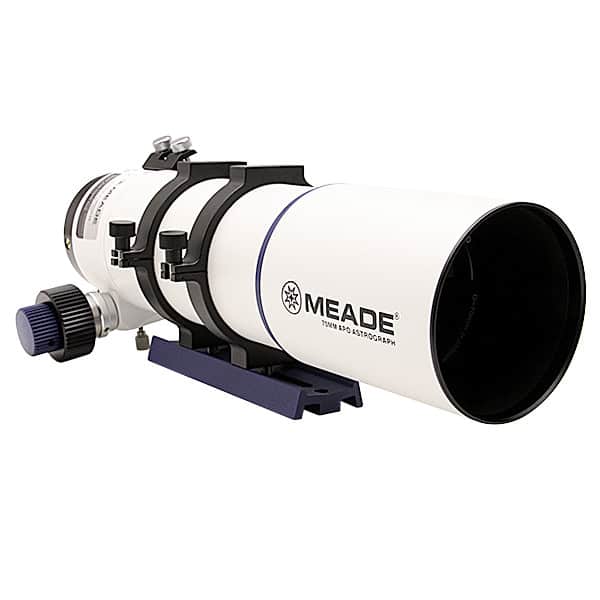
See the Best Apochromatic Refractor Telescopes for more on this.
Petzval Refractor Astrograph
Petzvals are a category of quadruplet (four-lens) apochromatic refractor telescopes.
An example Petzval refractor is the William Optics RedCat 51LX:
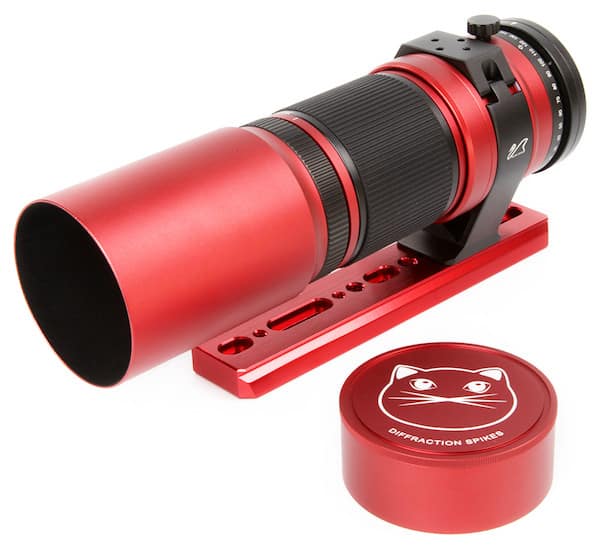
Newtonian Reflector Astrograph
Newtonian reflectors tend to be big and heavy but provide good value for money in terms of aperture and performance.
An example newtonian reflector astrograph is the Orion Astrograph 8 or 10 inch f/3.9:
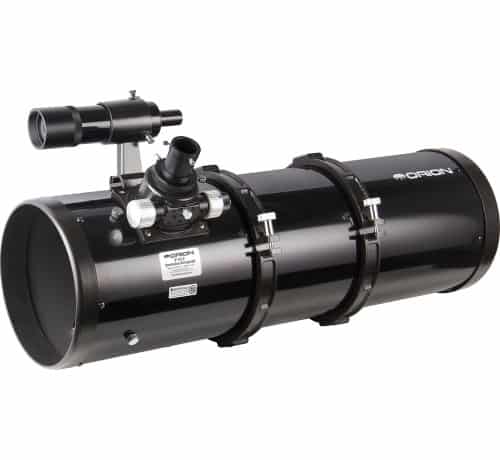
Rowe-Ackermann Schmidt Astrograph (RASA)
RASA telescopes are a range of Celestron astrographs. They are dedicated to astrophotography and can only be used with dedicated astro cameras, and not DSLRs or similar mirrorless cameras.
There is a Celestron white paper that outlines the history of the RASA which you can read here.
An example is the Celestron RASA 8″ f/2:
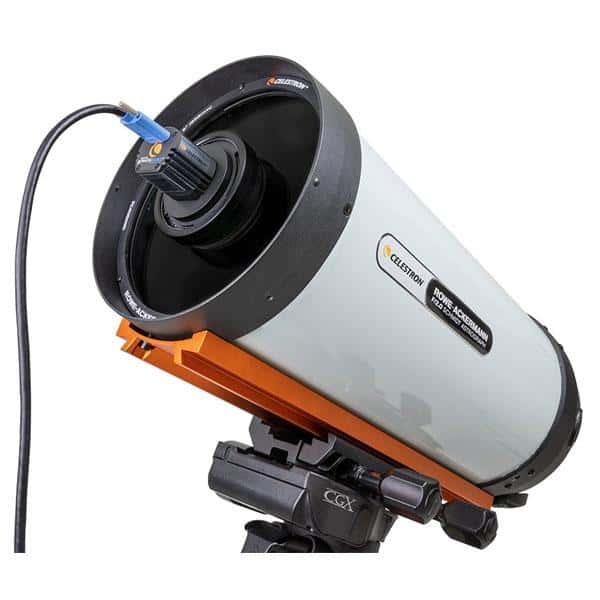
Ritchey-Chretien Reflector Astrograph
Ritchey–Chrétien telescopes (RCTs) are specialized astrographs that are typically used in large professional research telescopes, including Hubble.
Having said that, accessible and affordable RCTs exist for regular astrophotographers. For example, the TPO 6″ f/9 RCT:
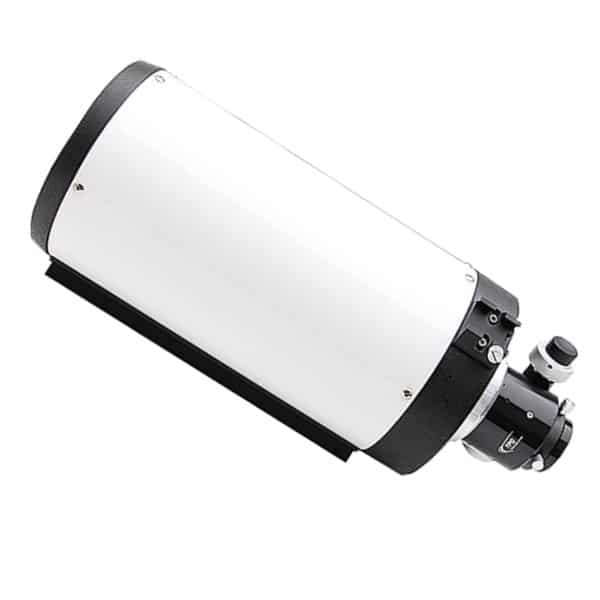
Harmer-Wynne Astrograph
These are large specialist telescopes fit for observatories from manufacturer Officina Stellare:
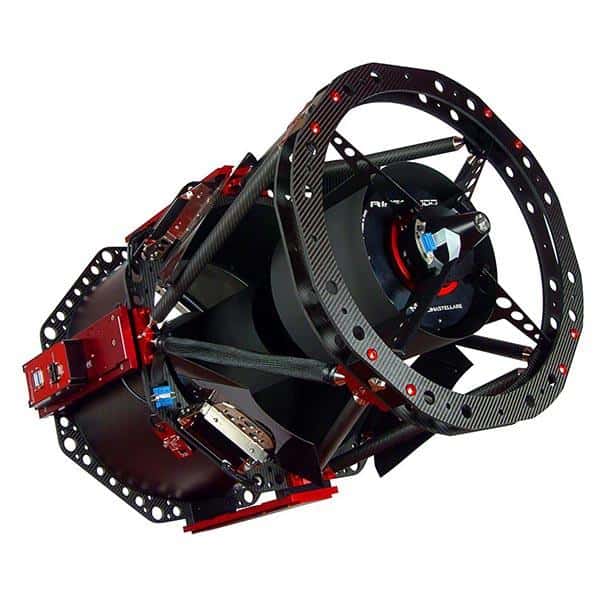
Dall-Kirkham Astrograph
Dall-Kirkhams are a type of reflector telescope. See the Takahashi Mewlon-210 f/11.5:
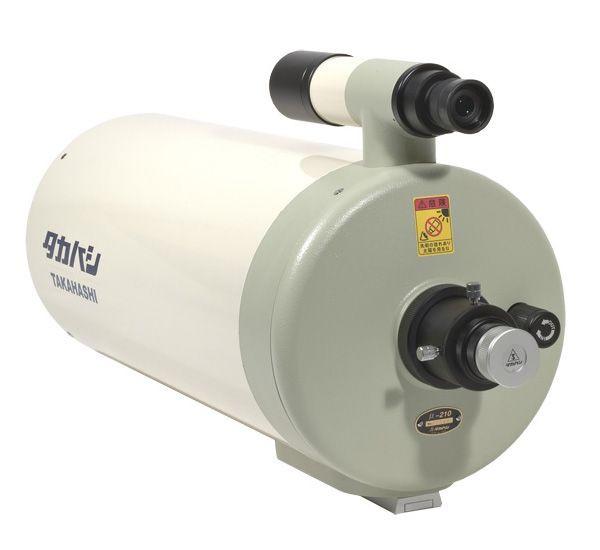
Riccardi-Honders Astrograph
Riccardi-Honders Telescopes are advanced astrographs. See the Officina Stellare RH Veloce 350 AT f/2.8:
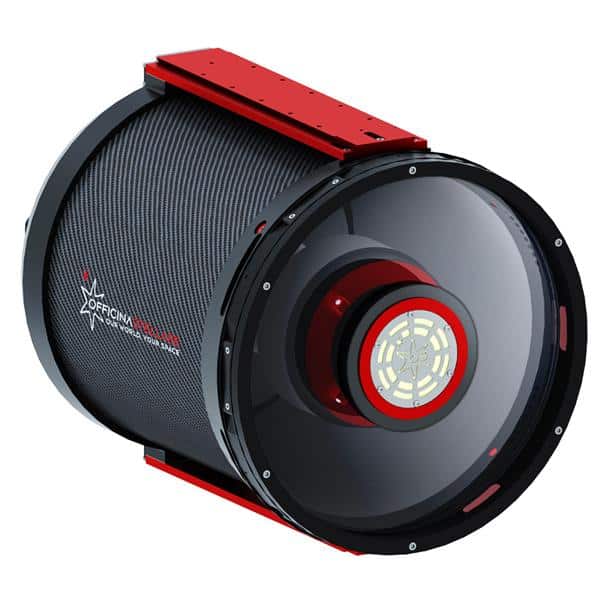
Final word – What is an Astrograph Telescope?
We hope that is helpful. Let us know in the comments if you have any thoughts or further questions.
Please also see our article on the Best Telescopes for Astrophotography which includes data research on the telescopes used by winners of astronomy photography competitions so you can see what successful imagers are using today.


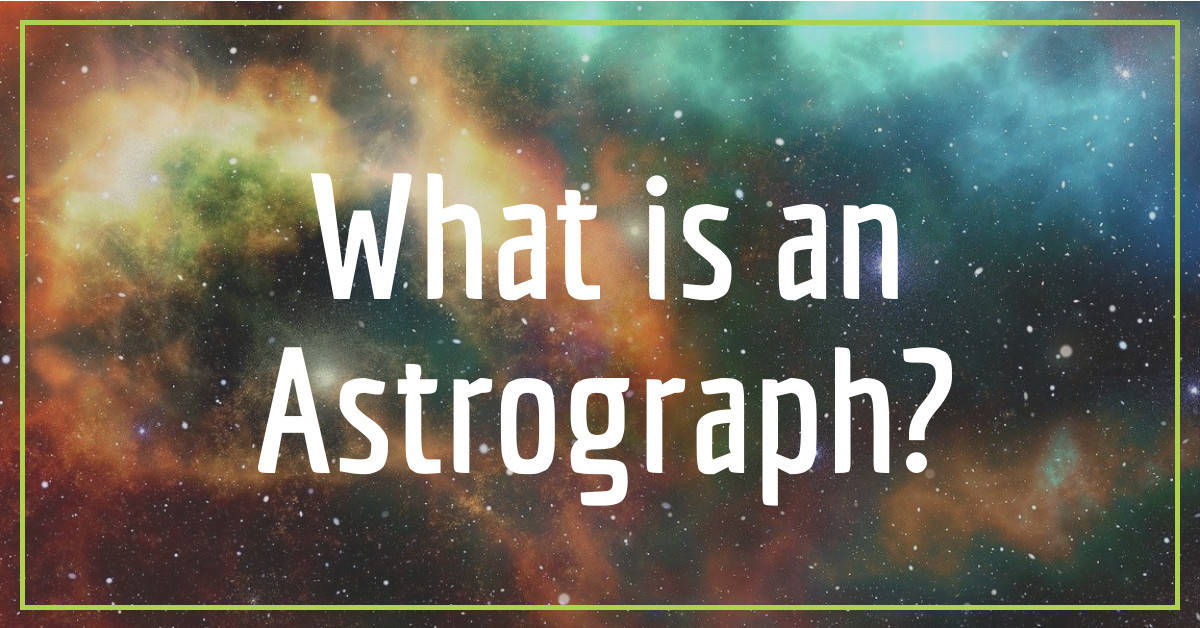

I have a Nikon Z8 that I use for wildlife and scenic photography. I’m interesting in a multi use telescope that I can learn astrophotography and apply my Z8 with. Thanks Dean